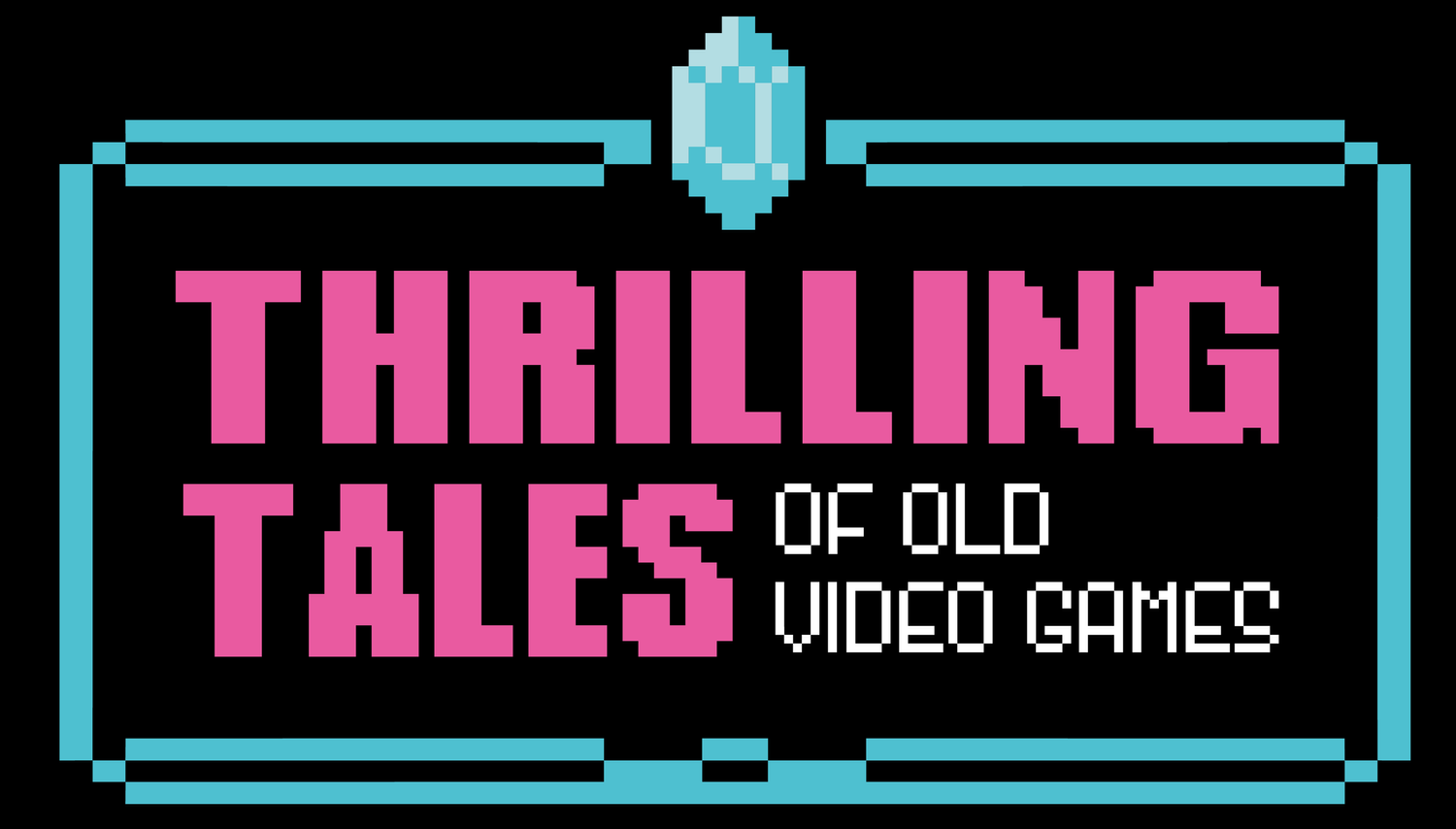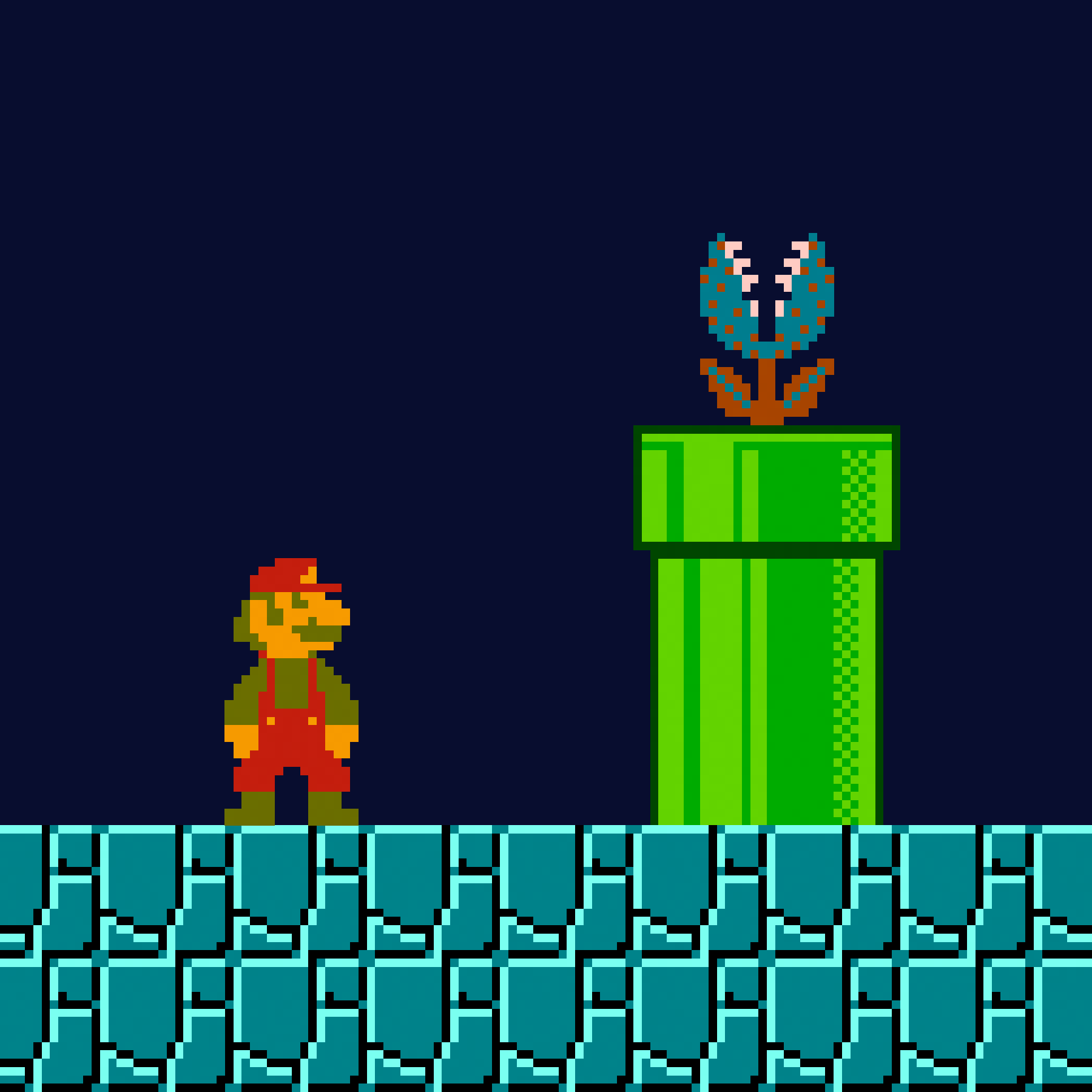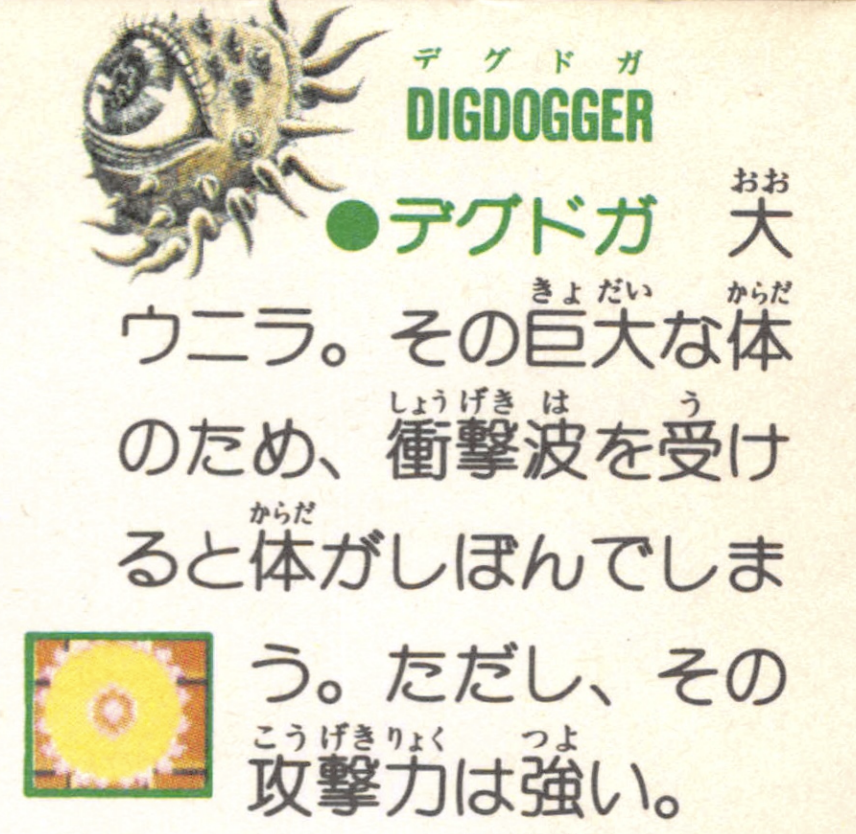There’s a Piranha Plant in My Zelda Dungeon!
I don’t know how else to put it, but there are these moments when I find a small amount of joy as a result of making a cultural connection between two previously unrelated entities, and I sum it all up as “Wow, this thing is like this other thing!” These moments don’t have value on their own, necessarily, but they do change the way you see these things, because something that was there the whole time, but invisible, suddenly becomes apparent, and you can’t not see it forever after.
This website essentially will be a collection of retrogaming-related “Wow, this thing is like this other thing!” moments, and one of the first I can remember having is related to Manhandla, which first appears as the boss of the third dungeon in the first Legend of Zelda game. Given how close its entrance is to the starting point on the map, it’s likely not the third dungeon a lot of players find. At the end of it, Link has to defeat this four-headed beast who is very clearly modeled on a different Nintendo character with which many of us were familiar but we nonetheless might not have recognized.
Left: Manhandla’s sprite from Legend of Zelda; right: concept art for Hyrule Warriors.
That’s because the English instruction manual for the game omits a detail in the Japanese version: Manhandla is actually a four-limbed, jumbo-sized Piranha Plant from Super Mario Bros. It’s very obvious once it’s pointed out, and I wonder if it’s meaningful that the first dungeon this monster appears in is the same color as the pipes that Piranha Plants appear in… or if that’s, like, just how green things look in the early days of the NES. In subsequent Zelda games, Manhandla would take an appearance that made it clearer that it was supposed to be a plant monster, if one that looked less like the Super Mario source material.
From the Japanese instruction manual for Legend of Zelda. The text translates as follows: “A large Pakkun Flower with limbs in all four directions. It moves faster as the number of limbs decreases. Has a somewhat strong attack power.”
Ol’ Chompers, SMB-style.
I do wonder if the people in charge of localizing Legend of Zelda thought of it as a more serious game whose epic vibe might be compromised if players knew there was a crossover with the Mario games, which were lighter in tone. That said, the English name given to this character sounds corny as hell. If you told me that Manhandla was a lesser villain from She-Ra, I’d believe you. Perhaps the translators simply didn’t like Manhandla’s original Japanese name — テスチタート, Tesuchitāto — which is translated as “Testitart” but which doesn’t mean anything to me aside from testes and tarts, which I suppose is not a connection Nintendo would have wanted customers making.
Legend of Localization points out that syllable “tart” also appears in the Japanese name for the generic Darknut enemy — タートナック, Tātonakku — translated as “Tartnuc,” which is closer to the English name but also less imposing. There is a thread on Reddit with Zelda fans attempting to extrapolate meaning from the in-game Hylian language using enemy names, for example pointing out how the final syllables in the names of the Stalfos, Wolfos, and Lizalfos enemies seem to hint at what that syllable might mean. (“Man”? Or maybe “soldier”? Or “bad guy”?) This is a laudable and grandly nerdy goal, I must say, but no one posting there seems to have much to say about tarts, one way or the other. It remains to be seen if these naming conventions are the result of Nintendo actively trying to establish a sense of Hylian culture or if these throughlines exist because the names are being inspired by a real-life source.
A second boss in Legend of Zelda also happens to be a supersized version of an enemy imported from another Nintendo game: Digdogger, which looks like a giant eye but which is actually the urchin-like Unira enemy from Clu Clu Land. This Pac-Man-esque title has fallen by the wayside, but it at least persists in the Smash Bros. games where the Unira is a chuckable item. The connection is also made explicit in the Japanese instruction manual for Legend of Zelda.
Left to right: Digdogger in Legend of Zelda, Big Unira from Clu Clu Land, the Unira item in Smash Bros.
From the Japanese instruction manual for Legend of Zelda, it translates as, “A big Unira. Due to its enormous size, its body shrivels when hit by a shockwave. However, it has a strong attack power.”
In Clu Clu Land, players controlling the hero, Bubbles the fish, can stun enemies by firing sound waves at them. The Legend of Zelda version of the character is similarly weak to sound; Link can only defeat Digdogger by using the recorder item, which splits the boss into smaller, weaker versions of itself. I suppose if you recognized the connection to Clu Clu Land, it might be a hint as to how to defeat the character. (The Famicom version of the game also allowed players to weaken Digdogger using the microphone built into the player two controller.)
Digdogger’s name doesn’t make any sense in English — it’s not a dog, and it doesn’t dig — but there does seem to be a linguistic connection, Hylian or otherwise, with its Japanese name: デグドガ, Degudoga. A similarly eyeball-looking boss in Legend of Zelda: A Link to the Past, called Vitreous in English and ゲルドーガ, Gerudōga, in Japanese, also ends in this word part doga. Given that the creature exists in larger and smaller versions, the degu part of its name might have something to do with でかい, dekai, meaning “big.” Which is to say that Nintendo’s constructed Hylian might have a lot in common with Japanese, because no duh, in the way that デク, deku, in-game refers to forests and 木偶, deku, in Japanese means “puppet” or “wooden doll.”
If we assume that that doga or dōga refer in some way to the monsters being giant eyes, it’s maybe notable that dōga would be rendered in hiragana as どうが, which is also the furigana for 動画, “movie.” And there could be a connection between a movie being a thing you watch and these monsters being things that watch you, but that’s as far as I could take it.







